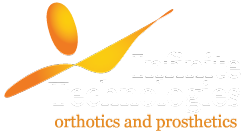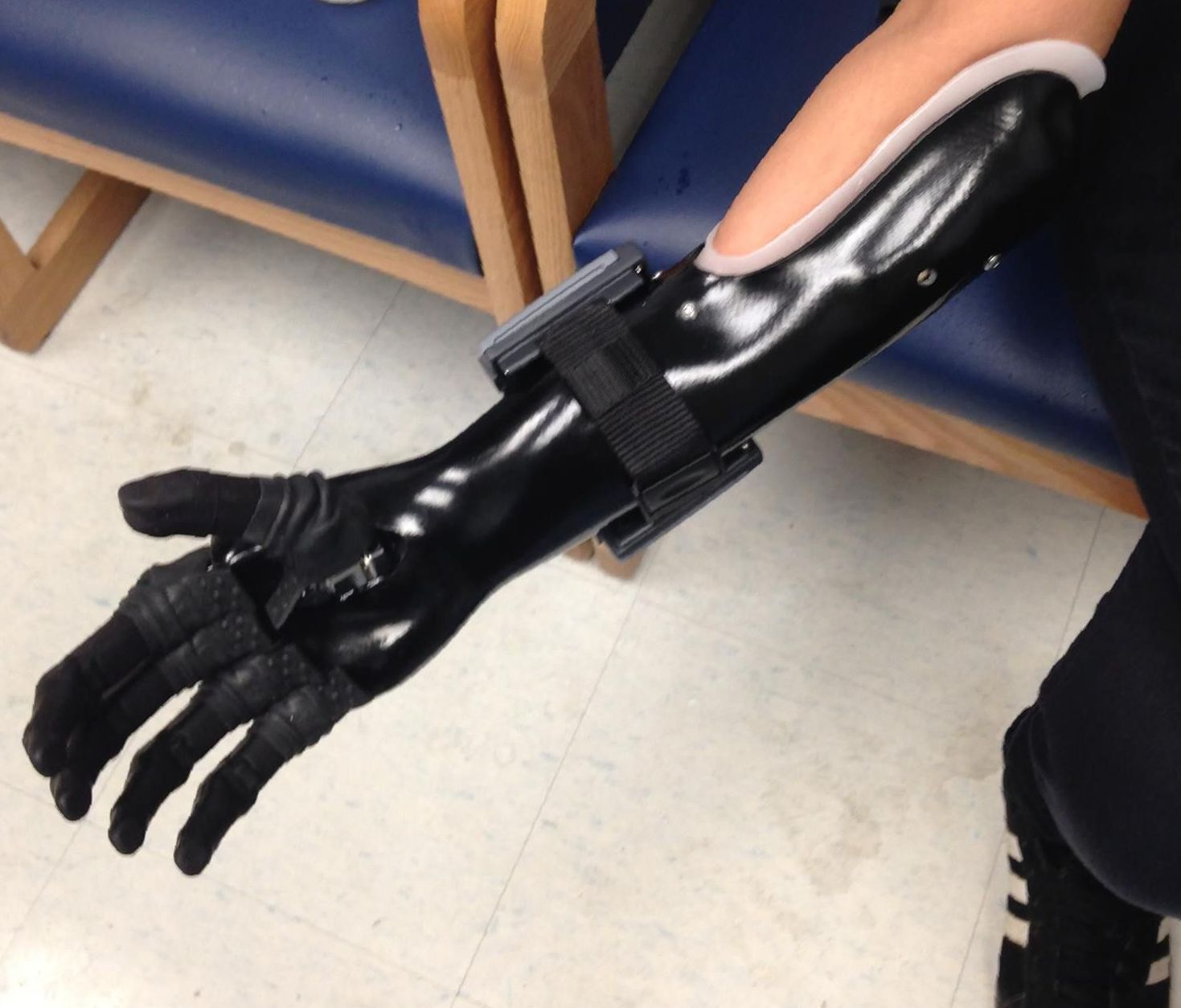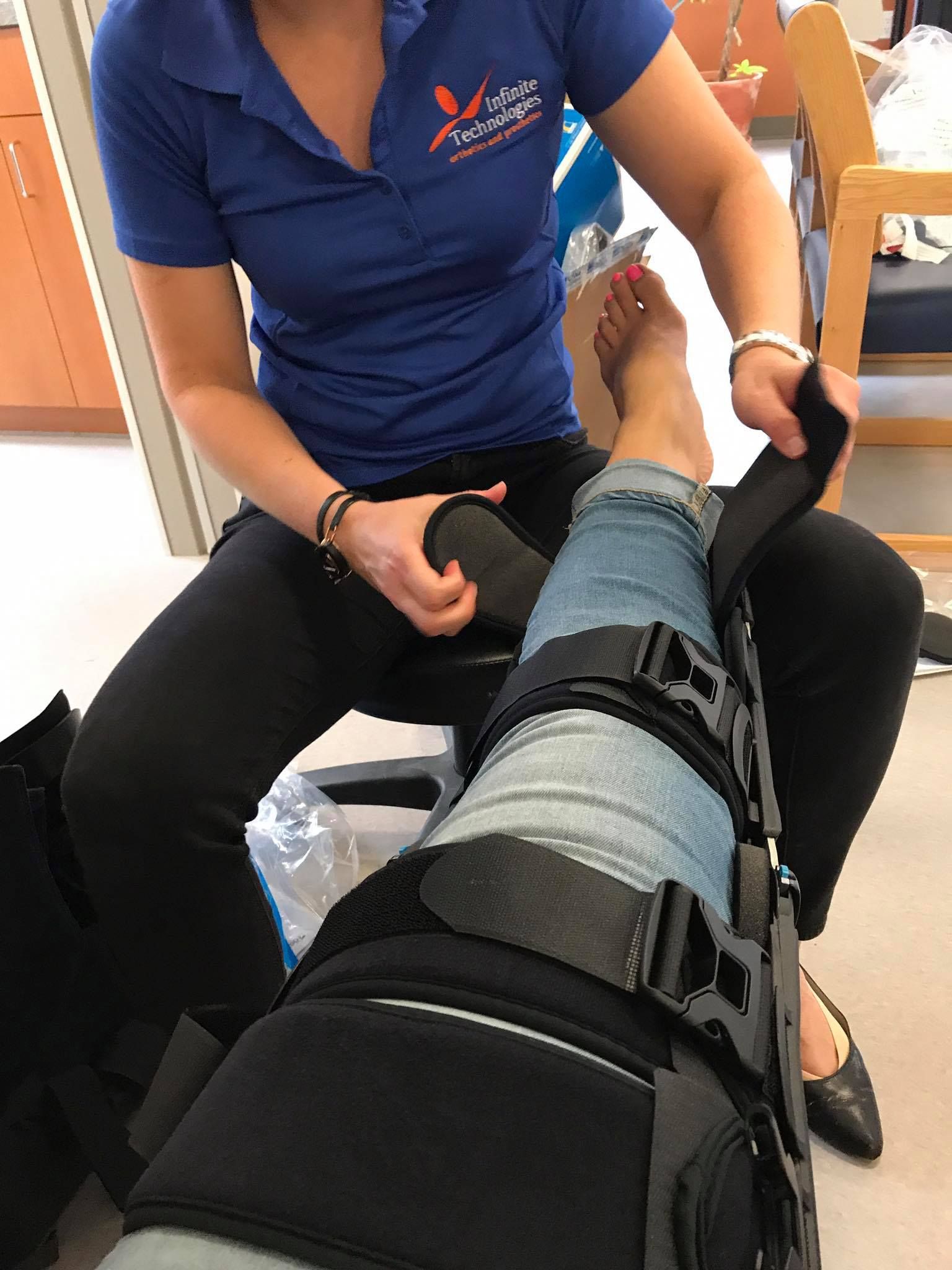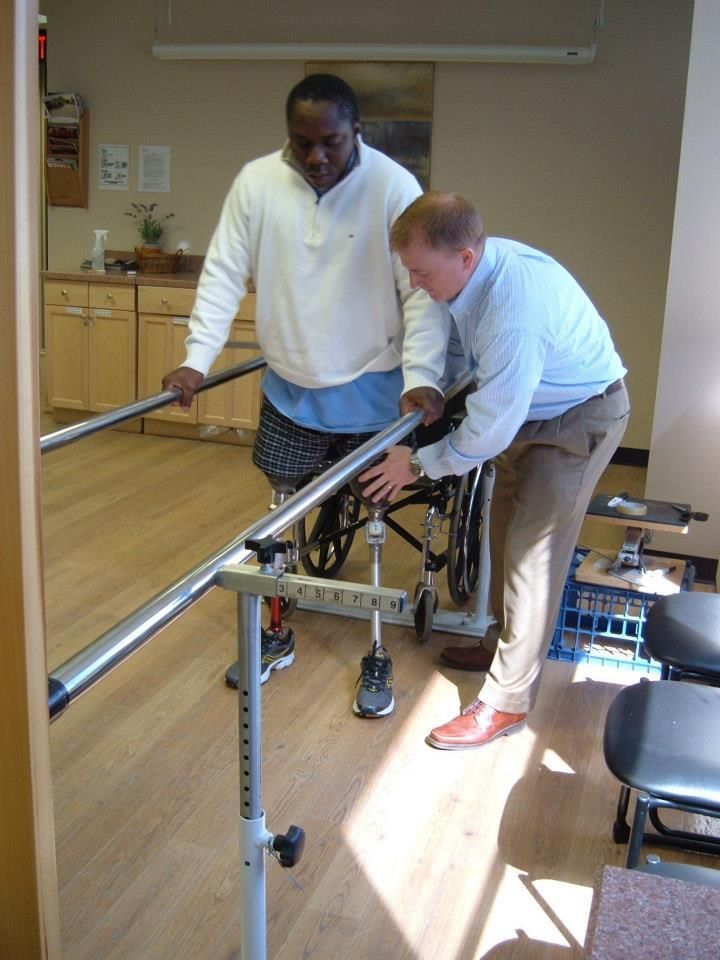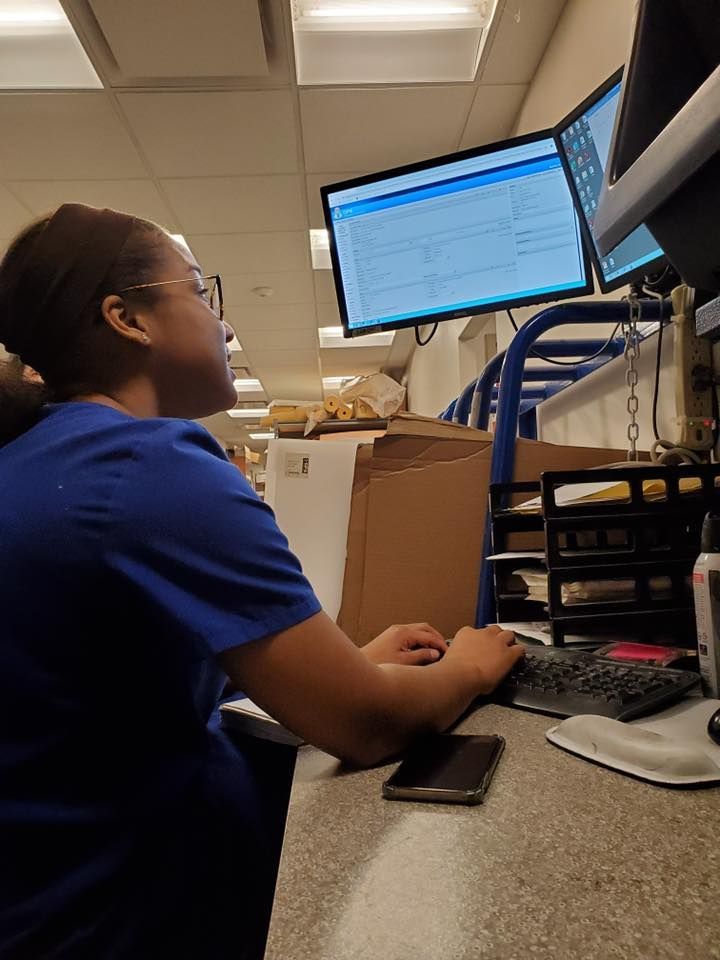Contact Us
What is KidCap?
What is KidCap?
KidCap is an FDA cleared helmet to treat infants with plagiocephaly or flat head syndrome. We suggest the use of KidCap when positional and pillow plagiocephaly therapies have not proven successful for a child older than 3 months of age. The KidCap is a leader in treatments for plagiocephaly, post-operative craniosynorstosis, and VP shunts, and are discussed below.
Safety First
The KidCap’s transparent Co-polyester material allows parents and caregivers to easily spot any skin abrasion or excessive pressure in need of attention. It is quite simple to relieve an affected area if this occurs (we simply ask our parents to give us a call for assistance). However, if an irritation goes unnoticed, it can likely form into an ulcer in need of much greater attention.
The KidCap has received 510(k) clearance from the FDA (K020448). Joseph Terpenning is an independent researcher and 510(k) proposal writer for orthotists pursuing clearance.
Durable Material
The KidCap helmet is fabricated from PETG, commonly known as Durr Plex, which is a co-polyester (polycyclohexylene-methylene-terephthalate). As a thermoplastic, PETG possess a high rigidity and resistance to deformation. Analysis of material data reveals trends regarding a plastic’s tolerance when exposed to mechanical, thermal, and moisture influences, and their effectiveness as molding devices.
A plagiocephaly helmet’s material must be strong enough to withstand the force acted upon it by the skull over a period of time, and deliver a consistent counterforce to overpower the bone’s load bearing property. The material of a molding helmet must be biocompatible and hypoallergenic as an infant’s skin lacks many of the defenses possessed by mature skin. The material of choice must also resist forces from two directions. The thermoplastic should possess strength and rigidity to provide adequate force at the sites of contact without deflecting. Any deflection will allow the prominences to advance and retard the normalization of your child or infant’s skull.
The KidCap has received 510(k) clearance from the FDA (K020448). Joseph Terpenning is an independent researcher and 510(k) proposal writer for orthotists pursuing clearance.
Full Head Coverage

KidCap’s fully enclosed design provides a complete mold to direct the growth of your infant or child’s head at all angles and adjusts the corrective pressure as needed. The KidCap can help reduce the risk of a cone-shaped head.
The KidCap has received 510(k) clearance from the FDA (K020448). Joseph Terpenning is an independent researcher and 510(k) proposal writer for orthotists pursuing clearance.
Board Certified Orthotists
Each orthotist is certified by the American Board for Certification in Orthotics and Prosthetics and has undergone graduate training specifically in orthotics. This is the highest level of education available in orthotics which includes training in plagiocephaly therapy and treaments. At your initial consultation, you will receive the most comprehensive craniofacial assessment in the O & P profession. Your orthotist will take a complete set of Anthropometric measurements and conduct a customized 3-dimensional cranial assessment. Each follow up will consist of detailed measurements and a comparative 3-dimensional cranial assessment when treating your child or infant for plagiocephaly, post-operative craniosyntosis or other cranial orthotic disoders.
The KidCap has received 510(k) clearance from the FDA (K020448). Joseph Terpenning is an independent researcher and 510(k) proposal writer for orthotists pursuing clearance.
The KidCap Difference
- Better cranial and facial symmetry as a plagiocephaly therapy outcome
KidCap treatment will surely lead to a more rounded head and symmetrical facial features. - Better ear symmetry
Facial asymmetry may in effect cause ears to be positioned at different heights on the sides of the head. This, for example, may pose problems if a child later needs eye glasses. - Improved self-image later in life
Because there is a rather small window to correct plagiocephaly, uncorrected asymmetry could lead to self-esteem/confidence issues if untreated, especially if asymmetry is severe. childrens, cranial, facial symmetry. - Reduced risk of jaw related disorders as a side-effect of plagiocephaly treatment
Symptoms of a jaw disorder may be a misalignment causing jaw pain, discomfort and/or speech problems - Reduced need of surgical intervention for plagiocephaly and related disorders
Ignoring a child’s need for treatment can lead to worsening plagiopcephaly. This can occur until approx. 20 months of age. By 18 months, a child will have much less success with orthotic treatments (KidCap) and no longer be a candidate for nonsurgical options.
Assessment for the Best Plagiocephaly Therapy Choice

Even if guided by physicians, it is always important for the parent to assess their child’s needs. See FAQs – For Parentscranial orthotics.
Once you have made the decision to seek an opinion from our Cranial Orthotists, the assessment process to determine whether KidCap is an appropriate treatment for plagiocephaly or a related disorder is quite simple.
You may call our main number, email us or fill out our consultation request form to schedule a visit free of charge.
At the consultation, you will meet with a board certified orthotist who will record anthropometric data (manual measurements) and a detailed patient history. Next, the clinician will use a 3-dimensional laser scanner to create a computerized model of your child’s head. You will be able to see the exact location and magnitude of the asymmetry within 0.5 mm. You will also be presented with a simulation of your child’s appearance after correction from the diagnoses disorder, whether it be plagiocephaly or another related problem.
During the evaluation, you may ask your orthotist any questions or concerns, and you will leave your first visit with complimentary evaluation report and a pamphlet detailing our treatment protocol. More detailed questions and answers regarding the assessment visit may be seen in FAQ – For Parents.
Plagiocephaly Treatment Options
Currently, there are really two medically accepted nonsurgical treatment options to correct plagiocephaly.
Repositioning or Positional Plagiocephaly Therapy:
- Place infant with his/her head turned on the opposite side (the rounder side) of the head. This can be achieved by placing a rolled up blanket beneath the back and hip on the flattened side, positioning the baby to 45 degrees. Place interesting objects on the opposite side of the bed to attract the infant’s attention. Do NOT put the towel or blanket under the infants head because this may lead to suffocation. Many infants will wiggle off of the roll in a short time; consult with your pediatrician prior to employing this method.
- When holding, feeding, or carrying the infant, make sure there is no undue pressure placed on the flat side of the head. Change infant’s head position from side to side during feeding time.
- Provide infant with plenty of supervised playtime on his or her tummy. This helps build and strengthen neck, shoulder and arm muscles, so “tummy time” is quite important.
When Plagiocephaly Positional Therapy Does Not Work:
We often recommend plagiocephaly positional therapy as a first line of attack on plagiocephaly, and some of our patients get the correction they need from this method. Positional therapy certainly has its place, especially when treating our youngest patients. Because of children’s growth patterns, positional therapy is less likely to be affective in babies over the age of 5 months. On your first visit, our practitioners will take baseline measurements and recommend positional therapy if appropriate, taking into consideration the age of the child and the severity of the asymmetry. We will continue to monitor for correction with this method and make further recommendations based on progress. If there is limited or no correctional results through positional therapy, we are likely to recommend orthotic cranial molding treatment, such as the KidCap by Infinite Technologies.
With KidCap Plagiocephaly Treatment, Early Detection = Greater Success
Even if you don’t choose KidCap as your cranial molding device to treat plagiocephaly, it is important to look for the following criteria in a practitioner:
- Experience treating a minimum of 50 plagiocephaly patients and can offer patient references
- Can provide you with information regarding their clinical background
- Record a comprehensive set of measurements for your child or infant at each appointment
- Use an FDA cleared device and can present you with the 510(k) number
- Knowledgeable of insurance guidelines related to plagiocephaly treatment and do not make false or exaggerated promises in reference to coverage
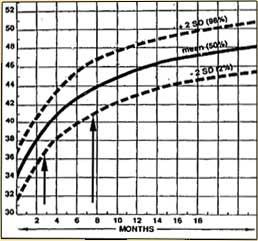
- Growth Rate Determines Correction
- Ideal Age to Begin Treatment is Between 3 and 6 Months of Age
- Younger Children Experience the Quickest Rate of Correction
- Correction Loses Efficiency as the Child Ages
- Though Still Effective, Treatment Time Increases Dramatically After 10 Months of Age
Your Personal
Health Champions
Infinite Technologies Orthotics and Prosthetics is the premier orthotic and prosthetic facility in the Mid-Atlantic region providing inpatient and outpatient services, consults, and evaluations for adult and pediatric patients. Through our unique approach to comprehensive care, education and goal setting, we forge lifelong partnerships with our patients in their efforts to heal, while introducing them to the most innovative technologies for their individualized treatment.
Get Started With Infinite Technologies
Take the first step towards a life of improved mobility. Schedule your free consultation with our experts at Infinite Technologies and see the difference personalized care can make.
Request An Appointment
